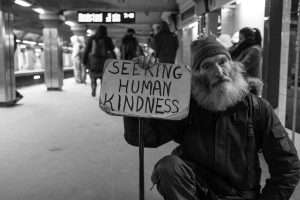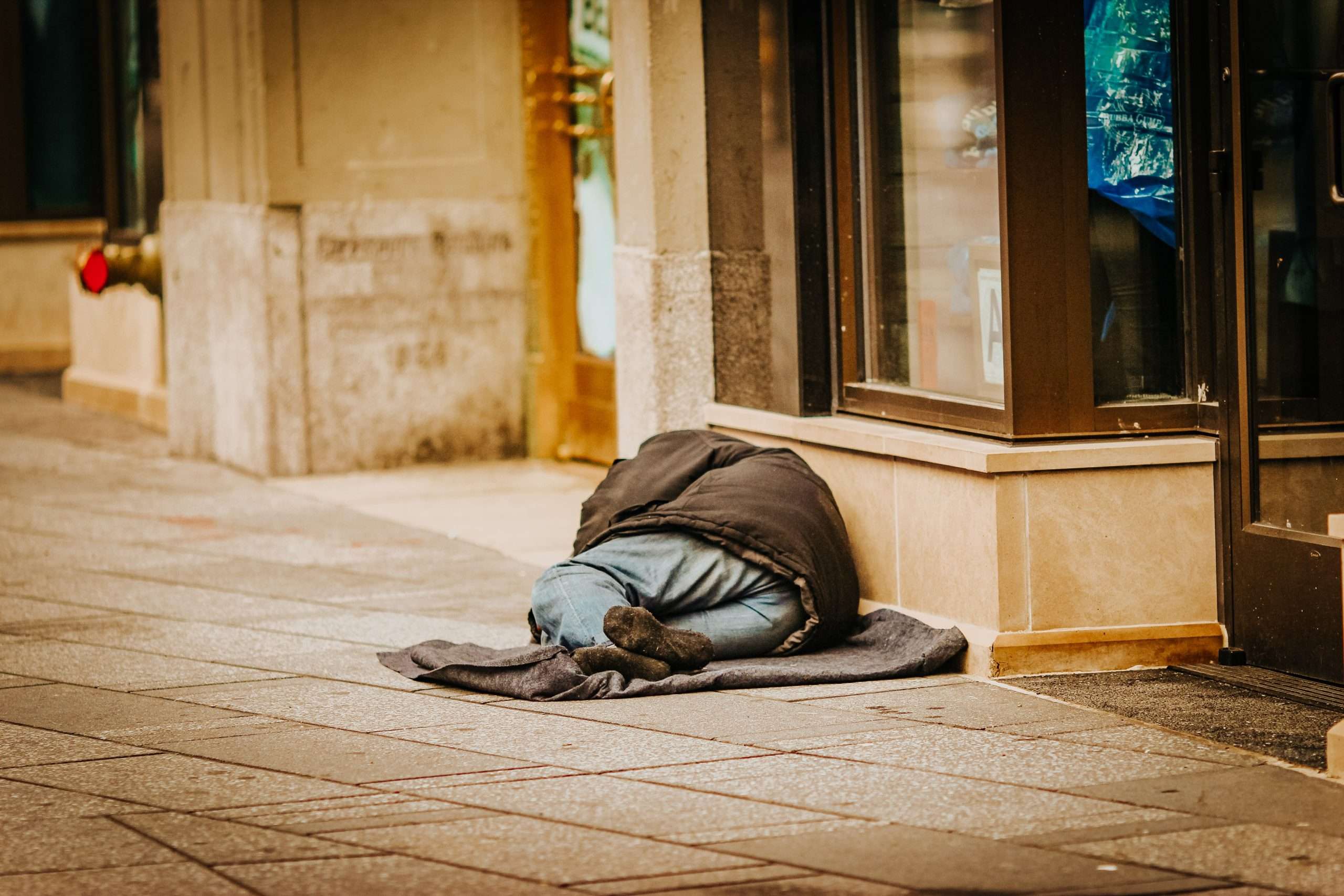The Shocking Statistics of Homeless Youth in America

The Shocking Statistics of Homeless youth in America in 2000s. It’s hard to believe, but homelessness is increasingly becoming a problem in America. Despite the wealth of our nation, many people are still unable to make ends meet or find stable housing.
Among those particularly affected are homeless youth in America. The statistics surrounding the issue of homelessness among young people in the 2000s are striking and heartbreaking. This blog post will explore these shocking facts, as well as provide an overview of what can be done to help these struggling individuals and families.
The definition of homeless youth
There are many difficulties in defining homeless youth. The National Runaway Switchboard says that homeless youth are, “individuals under the age of 18 who lack parental, familial, or other adult protective care, and who are living on their own; in transitional housing; in the foster care system; or are abandoned in hospitals,” but this definition excludes young people who may couch-surf or live in unsafe situations.
A more encompassing definition of homeless youth is provided by The National Alliance to End Homelessness: “Unaccompanied youth under the age of 25 who lack a fixed, regular, and adequate nighttime residence and meet at least one of the following criteria:
- Are sharing the housing of other persons due to loss of housing, economic hardship or a similar reason;
- Are living in public or private places not meant for human habitation (e.g., cars, parks, campgrounds, abandoned buildings);
- Are living in transitional housing intended to be temporary (e.g., shelters);
- Are awaiting foster care placement;
- Have been discharged within the past year from an institution where they had not resided voluntarily (e.g., hospital psychiatric units).” This definition captures a broader range of experiences and better reflects the reality of homelessness for many young people.
The National Youth Summit on Homelessness defines homeless youth as “Individuals between the ages of 12 and 24 who experience episodic or chronic homelessness.” They further break down

The statistics of homeless youth in America from 2000 to 2009
It is estimated that between 1.6 and 2.8 million youth in the United States are homeless. That’s nearly 7 percent of all American youth, or one in every 30 children.
The statistics on homeless youth are staggering:
-One out of every three runaway kids will be lured into prostitution within 48 hours of leaving home.
-Approximately 60% of all homeless youth are gay, lesbian, bisexual, or transgender (GLBT).
-Of the 1.6 to 2.8 million homeless young people in America, an estimated 20% – 40% are GLBT.
-Each year, an estimated 2.5 million American children run away from home for at least one night; as many as one in seven of them will become victims of commercial sexual exploitation—the commercial sex trafficking of minors.
-Most street kids have engaged in survival sex—trading sex for food, a place to sleep, or protection from violence—at some point in their lives.
-About half of all young people who experience homelessness report being physically abused, and almost one quarter report being raped while homeless.
The reasons why homeless youth exist in America
There are many reasons why homeless youth exist in America. Some of the most common reasons include:
1) Lack of family support – Many homeless youth come from families that are either unable or unwilling to provide them with the support they need. This can be due to financial difficulties, substance abuse, domestic violence, mental health issues, or other problems.
2) Lack of affordable housing – A lack of affordable housing is a major problem in many parts of the country, and it’s especially hard for young people to find safe and stable housing.
3) Mental health issues – Mental health problems like depression, anxiety, and post-traumatic stress disorder are common among homeless youth. These problems can make it difficult to keep a job or stay in school, and they can also lead to substance abuse.
4) Substance abuse – Substance abuse is another common problem among homeless youth. Many young people turn to drugs or alcohol to cope with the stresses of homelessness, and this can further damage their mental and physical health.
5) Lack of education – Homeless youth often have difficulty completing their schooling because they move around so much or because they can’t afford basic supplies like textbooks. This can make it hard to get a job and escape poverty.
How to help homeless youth in America
There are 1.3 million homeless youth in America, and every day, more young people become homeless. Many of these youth are fleeing abusive homes, or have aged out of the foster care system with nowhere to go. Here are some ways you can help:
Volunteer at a local shelter: Shelters are always in need of volunteers to help with meals, laundry, homework help, and more. You can make a real difference in the lives of homeless youth just by giving a few hours of your time each week.
Donate items: Shelters are also always in need of donations, especially items like blankets, coats, and hygiene products. You can organize a donation drive at your workplace, school, or place of worship to collect these items.
Advocate for change: Spread the word about the issue of homeless youth in America and what can be done to help. Write letters to your elected officials urging them to support programs that help these vulnerable young people.
How to Fight Homeless Youth in The World?
There are many ways to fight homeless youth in the world. Some of the most effective methods include:
- Prevention: The best way to fight homeless youth is to prevent them from becoming homeless in the first place. This can be done by providing support to at-risk youth and their families, such as affordable housing, access to education and employment opportunities, and mental health and substance abuse treatment services.
- Early intervention: If a young person does become homeless, it is important to intervene early to help them get back on their feet. This can be done by providing them with access to food, shelter, clothing, and other basic necessities, as well as support services such as job training, mental health counseling, and educational opportunities.
- Supportive housing: One of the most effective ways to help homeless youth is to provide them with access to supportive housing. This type of housing provides young people with a safe and stable place to live, as well as access to support services such as life skills training, job counseling, and educational opportunities.
- Advocacy: It is also important to advocate for policies and programs that support homeless youth and their families. This can be done by contacting your elected officials and letting them know that you support investments in affordable housing, education, employment, and mental health and substance abuse treatment services for homeless youth.
Here are some specific things you can do to help fight homeless youth in the world:
- Donate to or volunteer for organizations that support homeless youth. There are many organizations working to help homeless youth, and they rely on donations and volunteers to keep their programs running.
- Educate yourself and others about the issue of youth homelessness. The more people who are aware of the problem, the more likely we are to find solutions.
- Advocate for policies and programs that support homeless youth and their families. Contact your elected officials and let them know that you support investments in affordable housing, education, employment, and mental health and substance abuse treatment services for homeless youth.
Ending youth homelessness is a complex challenge, but it is one that we can solve if we work together. By supporting prevention, early intervention, supportive housing, and advocacy efforts, we can help homeless youth find the support they need to get back on their feet and build brighter futures.
Conclusion
Homeless youth are a growing problem in the United States, and it is important to recognize that these statistics are shocking. It is essential that we all work together to create more resources for homeless youth so they can have access to the support, education, and medical care they need. We must also promote programs designed specifically for them while investing in prevention efforts such as providing affordable housing and addressing poverty’s root causes. Only then will we be able to reduce this epidemic of homelessness among America’s young people.


1 thought on “The Shocking Statistics of Homeless Youth in America in 2000s”